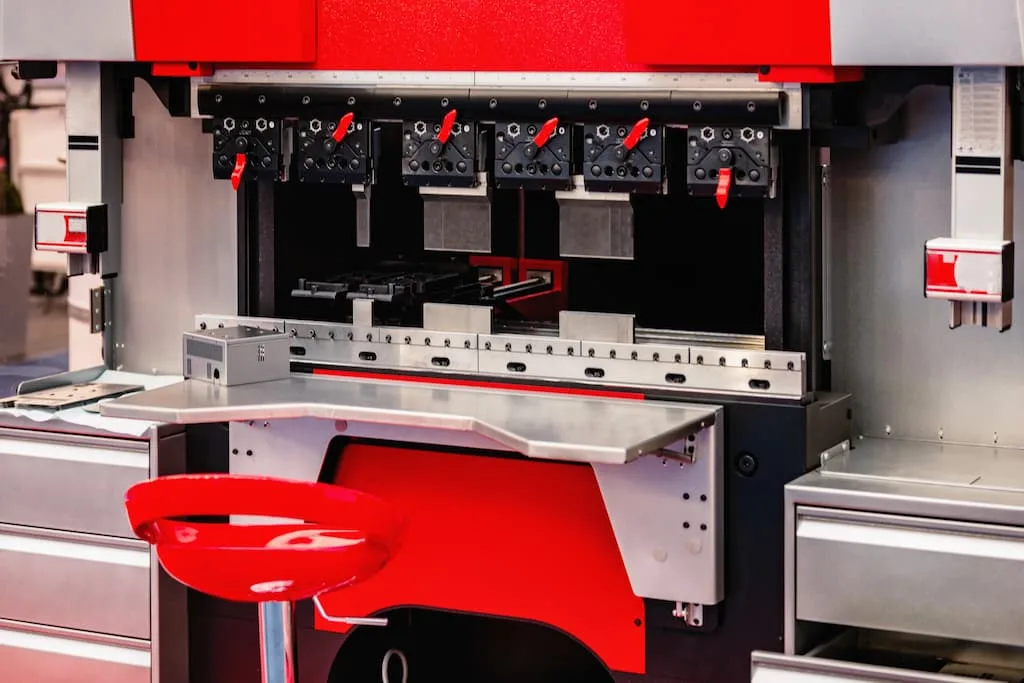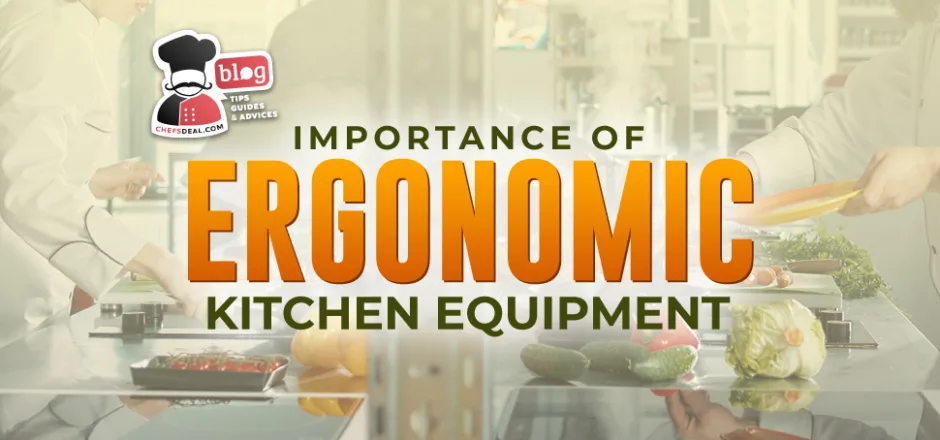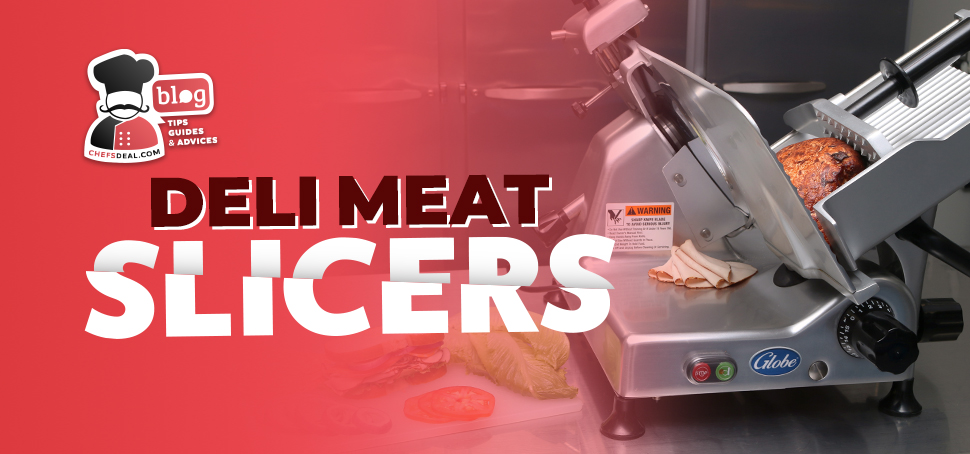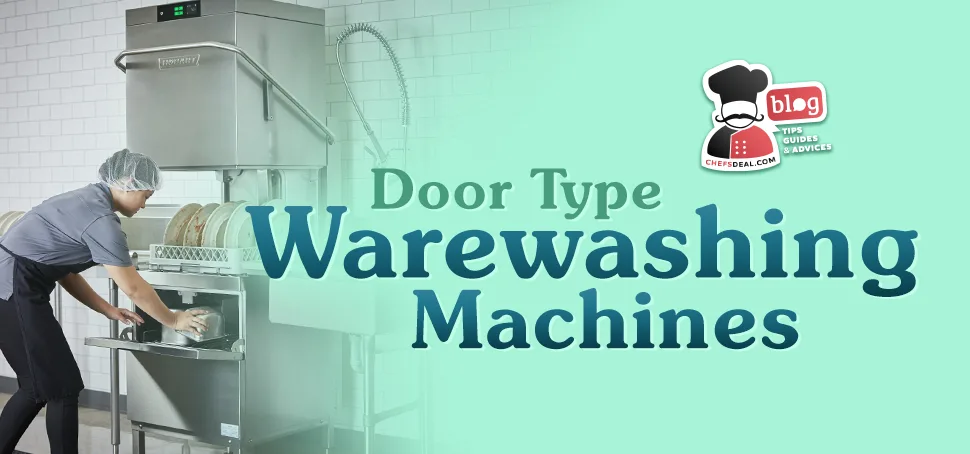An ergonomic kitchen ensures employees and chefs can work flawlessly and comfortably with fewer movements by optimizing the kitchen layout and using ergonomic kitchen equipment. Mobility, comfort, and efficiency are the main intentions of ergonomic kitchen equipment. In this article, you will find the importance, practices, and examples of ergonomic kitchen equipment to provide your staff with a smooth workflow and convenient work area.
Benefits of Ergonomic Kitchen Equipment
Ergonomic kitchen equipment has 4 main benefits in commercial kitchens, from providing a flawless workflow to long-term health advantages for employees.
1. Reducing Employee Injuries and Strain
Sitting in the wrong posture, repeatedly bending over, or any movement that puts pressure on joints and muscles for long periods can cause various health issues. One of ergonomic kitchen equipment’s main goals and benefits is to avoid these problems and reduce the risks of injuries deriving from prolonged and repeated motions.
2. Increasing Productivity and Efficiency
Efficiency: ergonomic kitchen equipment is intended to reduce unnecessary work, ease tasks, and provide a comfortable area for the staff, increasing productivity and efficiency in commercial kitchens. Easily accessible equipment decreases the need for repetitive movements, allowing the staff to complete tasks in less time, and from lightning to the kitchen layout, everything is intended to simplify the operation.
3. Improving Employee Morale and Job Satisfaction
Ergonomic kitchen equipment is a game-changer when prioritizing employees’ physical well-being and job satisfaction. Designed with careful consideration of the natural postures and motions of the human body, these innovative solutions aim to reduce unnecessary movement and provide comfort in every work area. From strategically positioned controls to ergonomic handles and adjustable heights, these thoughtfully designed features make a significant difference.
Incorporating ergonomic kitchen equipment into your workspace provides your employees with the tools they need to operate comfortably for extended periods. They can focus on tasks without worrying about soreness or fatigue with reduced physical strain and discomfort. This not only enhances their job satisfaction but also boosts their overall morale.
Furthermore, ergonomic solutions contribute to a positive work environment that shows you care about your employees’ well-being. They feel valued and supported when they have access to ergonomic handles that fit naturally in their hands, adjustable heights that cater to their individual preferences, and controls positioned conveniently within reach. This fosters a sense of appreciation and cultivates higher levels of job satisfaction.
Investing in ergonomic kitchen equipment is an investment in your employees’ happiness and the success of your business. Considering their natural postures and motions, these ergonomic solutions enhance comfort, reduce strain, and promote a healthier work environment. Improved job satisfaction and morale motivate employees to perform their best, ultimately driving productivity and success. Remember, by prioritizing the well-being of your employees, you create a harmonious workplace where everyone can thrive.
4. Enhancing Overall Kitchen Safety
Slip-resistant surfaces, durable constructions, and firm grips are some examples of ergonomic kitchen equipment designed to ensure kitchen safety, specifically considering possible accidents in kitchens, such as burns, falls, and cuts.
The Impact of Ergonomic Kitchen Equipment on Business Operations
There are 4 effective impacts of ergonomic kitchen equipment for employees and business operations.
1. Reduced Employee Absenteeism and Turnover
As one of the main goals of ergonomics is to ease simple tasks and reduce the fatigue and discomfort of the staff, it will reduce the sick leave needs of the staff and the possible injuries deriving from postural discomfort.
2. Decreased Workers’ Compensation Claims and Costs
Investing in ergonomic kitchen equipment will reduce injuries caused by uncomfortable postures, repeated movements, or extreme force, reducing workers’ compensation claims and costs.
3. Increased Efficiency And Productivity
Ergonomic kitchen equipment is designed to take less time to do simple tasks, eliminate needless movement, decrease physical strain and ensure a convenient working area for the staff, providing increased efficiency and productivity in kitchen operations.
4. Improved Overall Kitchen Safety And Hygiene
Cross contamination and dirt accumulations pose a risk for employees and customers, as back injuries do. Ergonomics ensure both safety and hygiene in kitchens. Non-slip surfaces, tight grips, and simple controls on commercial kitchen equipment can help reduce slips, burns, cuts, and other kitchen-related incidents.
Examples of Ergonomic Kitchen Equipment
1. Adjustable Height Workstations
Adjustable height workstations provide support and comfort by adjusting to the proper height for the employees to work while standing or sitting. The right posture will prevent back aches and fatigue and provide convenience to the staff.
2. Anti-Fatigue Mats
Anti-fatigue mats are designed with special materials such as gel, rubber, or foam to reduce the back and feet pains and fatigue deriving from standing in the same place for long periods, making them one of the most efficient ergonomic kitchen equipment. As a plus, they are non-slip, reducing the risks of falling and slipping in the kitchen.
3 Lightweight Kitchen Tools and Equipment
Opting for lightweight kitchen tools and equipment is a simple yet effective decision for making an ergonomic kitchen. Lightweight equipment will highly facilitate the little tasks and reduce fatigue. Stainless steel or plastic mixing bowls, bamboo cutting boards, silicone utensils, and lightweight chef knives are examples of lightweight kitchen tools that provide ergonomic and convenient use.
4. Easy-To-Clean Surfaces and Equipment
Easy-to-clean equipment and surfaces require less cleaning, providing easy use for all the staff members and offering higher performance with little maintenance, saving costs in the long run.
5. Ergonomic Chairs and Stools
Standing in an upright position all day can cause lower back pains, joint stiffness, and overall muscle tiredness. Ergonomic commercial seating is designed to allow the low back to be in a neutral position, reducing tiredness and back pains for employees that stand all day long. Basically, ergonomic stools feature sloping edges to prevent cutting off circulation in the legs while sitting, a height range, and well-padded seats.

Best Practices for Using Ergonomic Kitchen Equipment
Creating a convenient and comfortable working area for employees will affect their morale, resulting in higher productivity and better outcomes. Here are 4 points on how to use ergonomic kitchen equipment in the best way.
1. Simple and Basic Ergonomic Practices
There are basic points that will have a great effect on facilitating work and ensuring comfort for the staff. Maintaining a proper posture while working can be one of the basic yet most effective ergonomic practices in the commercial kitchen that will avoid fatigue and increase productivity.
For comfortable sitting, a bench should be between 850mm-920mm in height. Any mistake will result in excruciating back pain.
Placing utensils in different-sized cabinets and drawers according to their sizes will provide easy access to find what you are looking for. Most drawers feature pull-outs to access everything without bending or reaching too far into the cabinets.
Putting the plates beside the dishwasher rather than placing them above it is suggested. This simple step will greatly facilitate the staff’s work and reduce pain when done repeatedly.
2. Educating Staff On Ergonomics and Equipment Usage
Educating staff on how to make the best use of the ergonomic kitchen equipment and the ergonomics itself reduces the possible risks of injuries and provides convenient working conditions for them. The basic ergonomic principles include proper standing and working postures, carrying items, and the potential risks of simple tasks such as bending, lifting, and repetitive motions. Knowing how to use the equipment boosts productivity and prevents loss of time and possible risks.
3. Ensuring Equipment is Regularly Maintained and Adjusted
As in all equipment and tools, proper and regular maintenance and cleaning keeps the equipment working accurately and prolong the life of the equipment. Inspecting for any damage and instantly fixing them will keep the operation running without obstacles.
4. Encouraging Staff Feedback on Equipment Effectiveness
Getting feedback from the staff is the simplest yet the best way to determine the effectiveness and usefulness of ergonomic kitchen equipment. Depending on the input, you can make changes to equipment, provide more training to the staff if necessary and decide if the equipment is required and effective.
FAQs about Ergonomic Kitchen Equipment
1. What are some signs that my kitchen needs ergonomic equipment?
Observing the staff and getting feedback about the problems with current equipment and operation flow will say much about the current needs of your kitchen. A high rate of work injuries; decreased productivity; lack of safety factors; outdated equipment; and absence of adaptability to different users are signs that your kitchen may benefit from ergonomic kitchen equipment encouraging comfort, safety, and enhanced performance.
2. Can ergonomic equipment be used in all types of commercial kitchens?
Whether it is a restaurant, hotel, school, or cafeteria kitchen, ergonomic kitchen equipment can be practiced and adapted to different food service establishments to enhance productivity, convenience, and safety of the personnel.
3. How do I determine the best ergonomic equipment for my kitchen?
To decide what ergonomic equipment you need, you can start by determining where your staff experiences challenges and discomfort. And consider the equipment’s adaptability, functionality, adjustability, and safety, your kitchen layout and needs, and your budget.
4. What are some other benefits of using ergonomic equipment?
In addition to reduced injury risks, enhanced staff comfort, and increased productivity, ergonomic kitchen equipment provides improved accuracy and control in culinary tasks by enabling accurate motions and lowering slips or mistakes when cutting or chopping. Cost and time savings are other benefits of ergonomic equipment that seem more costly upfront than other tools but save money and time in the long run by reducing healthcare expenditures.
5. How do I ensure my staff is using ergonomic equipment correctly?
Providing initial training about using the equipment and offering hands-on demonstrations will ensure the staff uses the equipment properly. Equipment training, getting feedback and assessment on the performance and challenges of the equipment regularly will make it easy to determine the points that need adjustment.
Conclusion
Ergonomics is not only the comfort part but has numerous benefits on the convenience and facility of operation. Ergonomic kitchen equipment provides a streamlined workflow, facilitates tasks and saves time, increases productivity by reducing potential health and injury hazards, and ensures commercial kitchen safety. With simple steps in adopting ergonomics and tools, you can experience the changes and increase the real success and performance of the staff.






